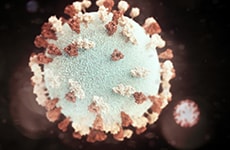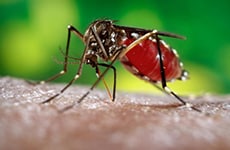New York City

- Population: 8,467,513
- Local Health Departments: 1
- Frequent Public Health Emergencies: Extreme Heat, Winter Storms, Infectious Disease Outbreaks
- Key Emergency Operations Center Activations:
2020 – COVID-19 Pandemic
2019 – Measles Outbreak Response - CDC PHEP Funding:
FY 2022: $20,055,935
FY 2021: $19,398,987
FY 2020: $18,608,800 - Public Health Crisis Response Funding:
Mpox 2023 funding: $1,940,698
Mpox 2022 funding: $981,728
COVID-19 2021 funding: $49,758,827
COVID-19 2020 funding: $24,096,365
- Other: 7*
*Includes IT specialists, administrative staff, statisticians, and other positions
- 3 Career Epidemiology Field Officers
- 1 Preparedness Field Assignee
- Emergency Operations Coordination
- Public Health Surveillance & Epidemiologic Investigation
- Public Health Laboratory Testing
- Information Sharing
- Community Preparedness

Over a 10-day period in September 2017, epidemiologists at New York City’s (NYC) health department fielded 16 calls from emergency departments about patients with a respiratory illness associated with an Islamic pilgrimage to Mecca, Saudi Arabia. Seven of these patients met CDC requirements to be evaluated for Middle East Respiratory Syndrome Coronavirus (MERS-CoV). Laboratory staff found all patients negative for MERS-CoV, and instead found H1 and H3 influenza, adenovirus, and enterovirus. This rapid surveillance and diagnostic testing capacity, made possible in part by PHEP funding, demonstrates NYC’s ability to detect diseases like MERS-CoV quickly and, if detected, prevent high-consequence outbreaks.

New York City has been able to apply many of its existing resources and lessons learned from the West Nile Virus response to the Zika response. A representative from the New York City Department of Health and Mental Hygiene shares the strategies the city uses to fight Zika.